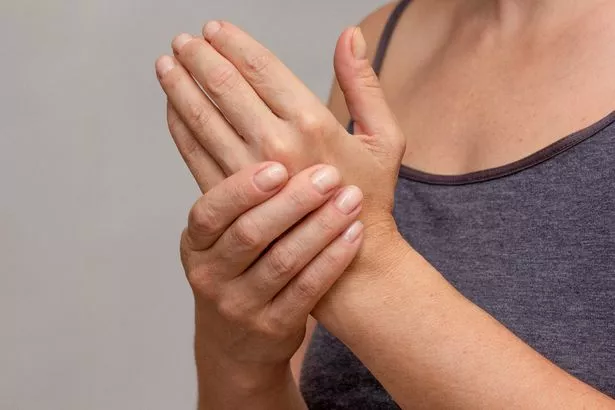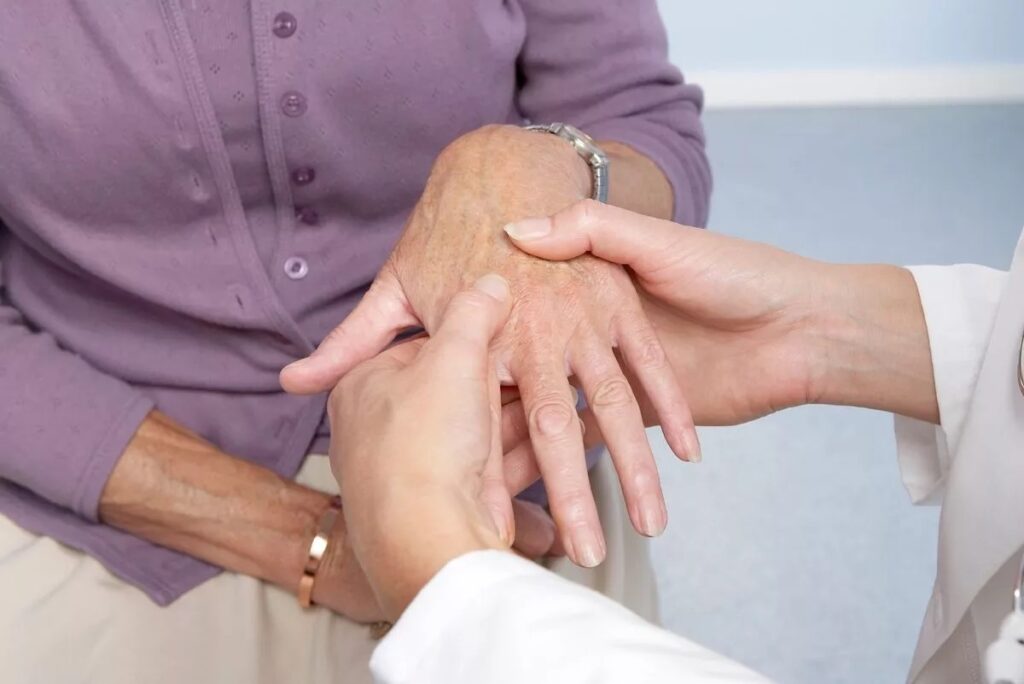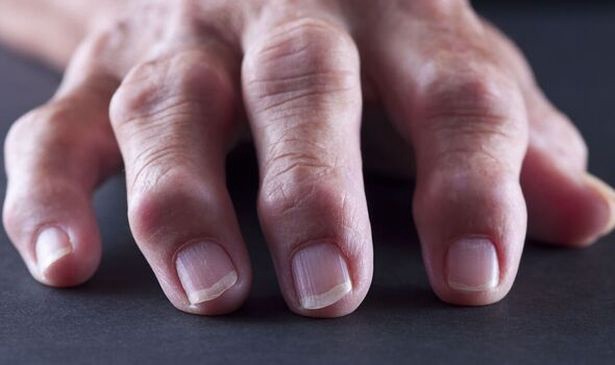Your hands can reveal much about you, such as rough and calloused hands from physical labor or soft hands from a more relaxed lifestyle. However, they can also indicate serious health issues, including lung cancer and heart disease.
Heart disease is the second leading cause of death in the UK, following dementia, with over 60,000 deaths annually attributed to related conditions. While genetics can influence the risk of developing heart disease, it can be prevented by making dietary changes or taking medication if identified early.
Similarly, lung cancer ranks as the fifth leading cause of death in the UK, resulting in the loss of 95 lives daily. Taking measures to lower your risk of developing lung cancer or mesothelioma, such as quitting smoking, can significantly improve your survival odds—by roughly 20 times—if you detect a symptom early and seek medical advice.
Though your hands might seem perfectly normal, they can reveal symptoms of serious underlying health issues. While many changes might be harmless, some could be life-threatening. If you observe alterations in the shape or color of your fingers, or if your fingers or tendons start to swell, it’s crucial to contact your healthcare provider immediately.
Stress can occasionally cause benign conditions, but if it results in pain and is accompanied by other symptoms, it could indicate lupus or Crohn’s disease. Finger clubbing is an uncommon symptom of mesothelioma or lung cancer. More typical symptoms of lung cancer and mesothelioma include shortness of breath, a persistent cough lasting over three weeks, frequent chest infections, wheezing, coughing up blood, chest or shoulder pain, hoarseness, unexplained fatigue, coughing up blood or blood-streaked phlegm, and swelling in the face or neck. If you are experiencing these symptoms, it’s crucial to consult your doctor promptly.
Experiencing these symptoms does not automatically mean you have lung cancer, but it’s prudent to talk about any concerns with your GP. According to the UK’s National Health Service (NHS), people diagnosed with lung cancer in its early stages have a much better chance of surviving for five years or more.
The most recognizable indicator of coronary heart disease is a heart attack or angina, but a variety of symptoms may suggest a potential heart issue if they persist or occur alongside other symptoms. These symptoms include:
- Chest pain
- Shortness of Breath
- Coughing or Wheezing
- Swelling in the legs, ankles, or feet
- Poor circulation
- Fatigue
- Palpitations
3. Bruised fingers

Occasionally, bruises may appear on your fingers, which could suggest a blood-related issue. This is concerning because developing bruises on your fingers without any injury is uncommon. Leukemia, a type of cancer, can cause bruises in unusual or unexpected places, such as the hands. It’s crucial to consult a doctor if you observe any unusual bruises.
Leukemia claims the lives of nearly 5000 people annually in the United Kingdom. Despite significant advances in survival rates, the disease still carries a mortality rate of 40%. Early detection is crucial for improving an individual’s chances of survival, as is the case with any type of cancer. Moreover, if your fingers change color without bruising, it could indicate Raynaud’s phenomenon, a condition that restricts blood flow to the fingers and toes, causing discoloration. It’s important to notify your doctor of any such changes to receive appropriate medical guidance.
2. Swollen knuckle

Typically, high cholesterol levels in the body are only detectable through a blood test conducted by a general practitioner (GP). However, for individuals with a genetic condition called familial hypercholesterolemia, excessive consumption of fast food and poor self-care can lead to swelling in the knuckles.
This condition is known as tendon xanthomata, which occurs due to the accumulation of cholesterol near the tendons, potentially affecting the knuckles, knees, and Achilles tendon. While high cholesterol and the heart disease it causes are usually associated with older adults, those among the 220,000 people in the UK with this inherited disorder may start experiencing swelling as early as young adulthood.
An NHS study found that people with this condition often have arterial thickening from elevated cholesterol levels starting at age 11. Therefore, recognizing these signs and making necessary lifestyle changes is crucial.
Currently, only eight percent of individuals with this familial illness have been diagnosed by healthcare providers. Therefore, if you notice swelling in your knuckles and yellow bumps on your hands or near your eyes, it is advisable to seek medical attention. For most people, however, the only way to determine cholesterol levels is through a blood test performed by a medical professional.
General swelling in the legs and feet can also be a sign of heart disease. The American Academy of Dermatology states: “Many heart diseases cause fluid to accumulate in your feet and lower legs. As the fluid builds up, you may see swelling that can extend up to your upper legs and groin.”
According to the NHS, this swelling may “improve in the morning and worsen later in the day.”
1. Finger clubbing

When the skin around your nails turns shiny and the tips of your fingers or toes swell, this condition is known as finger clubbing, digital clubbing, or sometimes Hippocratic fingers. This swelling often changes the shape and angle of the toenail, which may become red and warm to the touch.
Clubbing typically develops over several years, but it can occur rapidly due to a lung abscess. According to Mount Sinai Hospital, lung cancer is the most common cause of finger clubbing, though it can indicate other conditions, and not everyone with lung cancer will experience clubbed fingers.
Finger clubbing usually begins at the base of the fingernail and progressively extends, causing a more pronounced curve than normal. A simple test to check for clubbing involves pressing your fingernails together; if your fingers are normal, a small, diamond-shaped gap of light should be visible.
Although finger and toe clubbing can indicate heart and thyroid problems, as well as lung cancer and mesothelioma, Cancer Research UK describes it as an “unusual” condition. They suggest: “If you think you have it and are worried, talk to your doctor. They can examine you and look for other symptoms. They may also suggest additional tests, like a chest x-ray to check your lungs.”
The swelling is expected to decrease once the underlying cause of the clubbing is treated.
